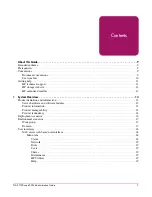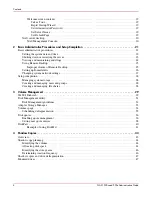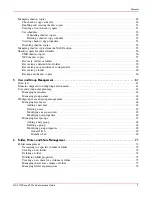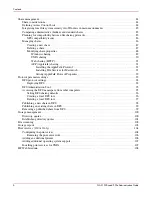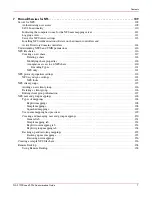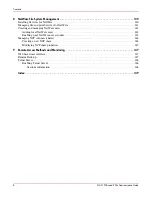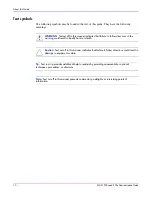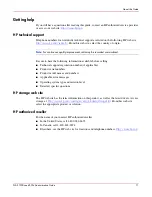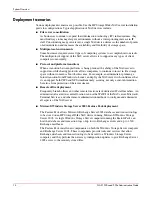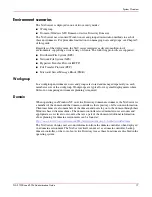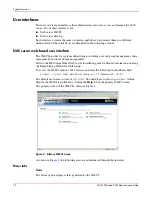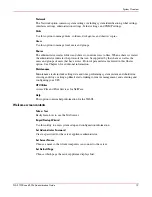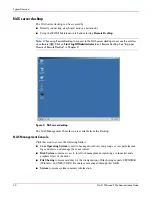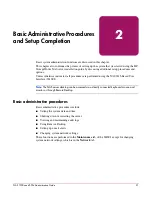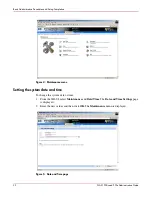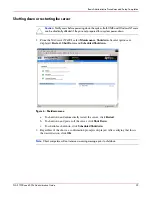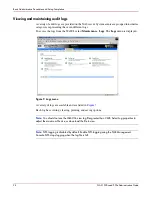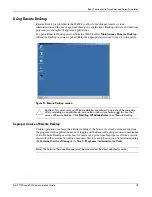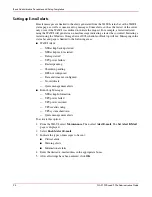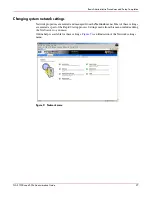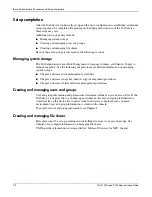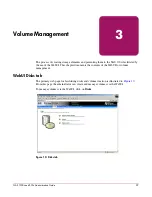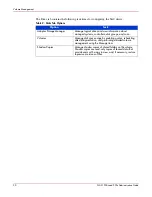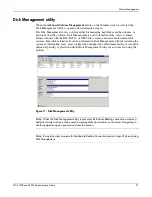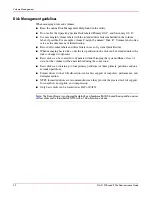
System Overview
17
NAS 1500s and 500s Administration Guide
Environment scenarios
The NAS server is deployed in one of two security modes:
■
Workgroup
■
Domain (Windows NT
®
Domain or Active Directory Domain)
The NAS server uses standard Windows user and group administration methods in each of
these environments. For procedural instructions on managing users and groups, see Chapter 5
of this guide.
Regardless of the deployment, the NAS server integrates easily into multiprotocol
environments, supporting a wide variety of clients. The following protocols are supported:
■
Distributed File System (DFS)
■
Network File System (NFS)
■
Hypertext Transfer Protocol (HTTP)
■
File Transfer Protocol (FTP)
■
Microsoft Server Message Block (SMB)
Workgroup
In a workgroup environment, users and groups are stored and managed separately, on each
member server of the workgroup. Workgroups are typical for very small deployments where
little or no computing environment planning is required.
Domain
When operating in a Windows NT or Active Directory domain environment, the NAS server is
a member of the domain and the domain controller is the repository of all account information.
Client machines are also members of the domain and users log on to the domain through their
Windows based client machines. The domain controller also administers user accounts and
appropriate access levels to resources that are a part of the domain. Additional information
about planning for domain environments can be found at:
http://www.microsoft.com/windowsserver2003/technologies/directory/activedirectory/default.mspx
The NAS server obtains user account information from the domain controller when deployed
in a domain environment. The NAS server itself cannot act as a domain controller, backup
domain controller, or the root of an Active Directory tree as these functions are disabled in the
operating system.

